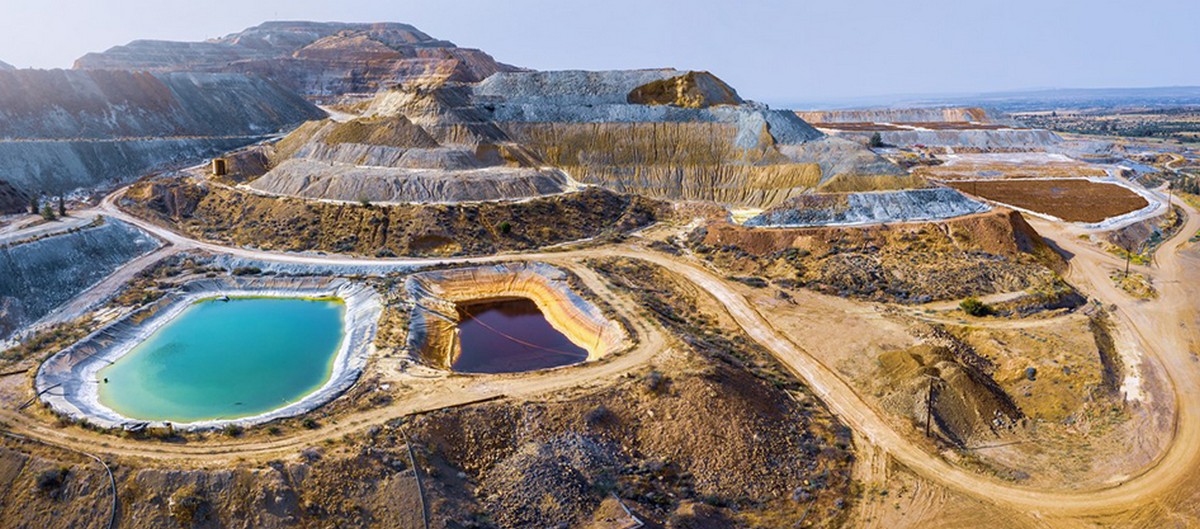
In recent years, there has been a significant shift in the mining industry towards embracing Environmental, Social, and Governance (ESG) practices. As the world becomes more conscious of the impact of industrial activities on the planet and communities, mining companies are increasingly recognizing the importance of sustainable and responsible operations. This article explores the rise of ESG in mining industry, the challenges and opportunities it presents, and how companies are navigating this new landscape to ensure a more sustainable future.
The Importance of ESG in the Mining Industry
Environmental, Social, and Governance (ESG) factors have become key considerations for investors, regulators, and consumers when evaluating companies in the mining sector. As the demand for minerals and metals continues to grow, there is a growing recognition that mining activities can have significant environmental and social impacts. By adopting ESG practices, mining companies can mitigate risks, enhance their reputation, and create long-term value for all stakeholders.
Key Elements of ESG in Mining
- Environmental: This includes minimizing the impact of mining operations on air, water, and land, reducing carbon emissions, and promoting biodiversity conservation.
- Social: Mining companies need to engage with local communities, respect human rights, ensure health and safety of workers, and contribute to the development of host countries.
- Governance: Good governance practices involve transparent decision-making, ethical behavior, and accountability to shareholders and other stakeholders.
Challenges in Embracing ESG
While the adoption of ESG practices is essential for the long-term sustainability of the mining industry, companies face several challenges in implementing these initiatives. Some of the key challenges include:
Cost implications
Implementing ESG measures can require significant investments in technology, infrastructure, and training, which may impact the profitability of mining operations in the short term.
Regulatory compliance
Meeting ESG standards and regulations can be complex and resource-intensive, especially in countries with weak governance structures and enforcement mechanisms.
Stakeholder engagement
Engaging with local communities, indigenous groups, and other stakeholders is crucial for the success of ESG initiatives, but it can be challenging to build trust and consensus.
Opportunities in ESG for the Mining Industry
Despite the challenges, embracing ESG practices offers significant opportunities for mining companies to improve their performance, reputation, and access to capital. Some of the key opportunities include:
Enhanced risk management
By identifying and addressing ESG risks, mining companies can better protect their assets, reputation, and social license to operate.
Access to capital
Investors are increasingly looking for companies that demonstrate strong ESG performance, and those that embrace sustainable practices are more likely to attract investment and secure financing at favorable terms.
Competitive advantage
Companies that lead in ESG performance can differentiate themselves in the market, attract top talent, and build stronger relationships with customers, suppliers, and other stakeholders.
Case Studies: Leading the Way in ESG
Several mining companies have already made significant progress in integrating ESG into their operations. Here are some examples of industry leaders in ESG:
1. BHP
BHP, one of the world's largest mining companies, has set ambitious targets to reduce greenhouse gas emissions, promote diversity and inclusion, and enhance community engagement.
2. Rio Tinto
Rio Tinto has made commitments to protect water resources, reduce waste, and support sustainable development in the regions where it operates.
3. Newmont
Newmont has been recognized for its efforts to improve safety performance, reduce carbon emissions, and promote ethical business practices.
Conclusion
The rise of ESG in the mining industry represents a fundamental shift towards more sustainable and responsible practices. While there are challenges in embracing ESG, there are also significant opportunities for mining companies to enhance their performance, reputation, and stakeholder engagement. By navigating the complexities of ESG and demonstrating leadership in sustainability, mining companies can build a more resilient and prosperous future for the industry and the planet.